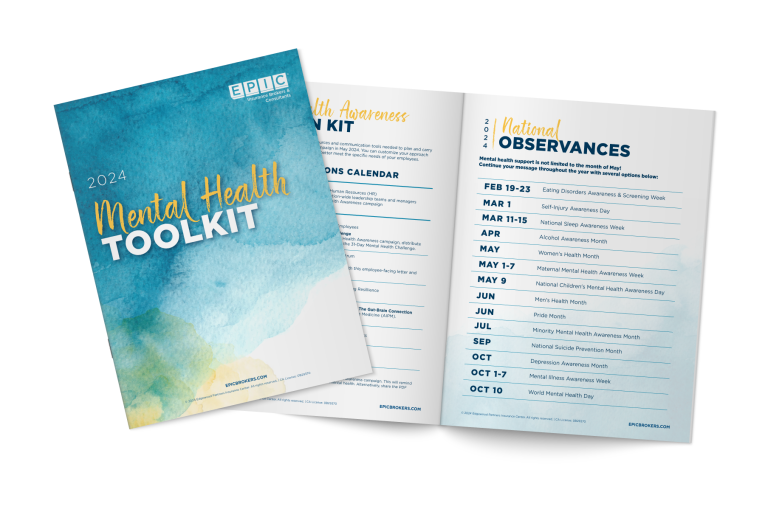Quick Facts
- Starting in 2022, employer-sponsored health plans, health insurance issuers (carriers) and pharmacy benefit managers (PBMs) will be required to submit certain information about prescription drug and healthcare spending to the Departments annually, following the requirements in the Consolidated Appropriations Act (CAA).
- Reports will include a variety of plan-related information that will be aggregated at the state or market level.
- The first report is due by December 27, 2022.
Background
The Department of Health and Human Services (HHS), Department of Labor (DOL) and the Department of the Treasury (collectively “the Departments”) have released an interim final rule (IFR) addressing drug cost reporting requirements contained in the CAA. Employer-sponsored health plans, carriers and PBMs will be required to submit certain information about prescription drug and healthcare spending to the Departments annually. The Departments plan to use this information to issue public reports on prescription drug pricing costs and trends beginning in 2023.
Reporting Requirements
The IFR requires employer-sponsored health plans and carriers to annually submit certain information on prescription drug and other healthcare spending to the Departments, including:
- General information regarding the plan or coverage;
- Enrollment and premium information, including average monthly premiums paid by employees versus employers;
- Total healthcare spending, broken down by type of cost (hospital care; primary care; specialty care; prescription drugs; and other medical costs, including wellness services), including prescription drug spending by enrollees versus employers and issuers;
- The 50 most frequently dispensed brand prescription drugs;
- The 50 costliest prescription drugs by total annual spending;
- The 50 prescription drugs with the greatest increase in plan or coverage expenditures from the previous year;
- Prescription drug rebates, fees, and other remuneration paid by drug manufacturers to the plan or issuer in each therapeutic class of drugs, as well as for each of the 25 drugs that yielded the highest amount of rebates; and
- The impact of prescription drug rebates, fees, and other remuneration on premiums and out-of-pocket costs.
Importantly, the IFR provides that this information is to be aggregated at the state or market level, rather than separately for each plan. This means that the primary responsibility for the reporting will rest with the health insurance carrier, third-party administrator (TPA), or PBM, rather than the individual employer. However, the IFR recognizes that it is possible that no single entity will have all of the information necessary, so some coordination will need to occur between stakeholders such as the employer sponsor of a plan and their carrier or administrator.
Effective Date
The CAA originally required plans and carriers to submit the required information for the first time by December 27, 2021, and then by June 1 of each year thereafter; however, the Departments have delayed enforcement to December 27, 2022. Plans will report the required information for both 2020 and 2021 by December 27, 2022.
Summary and Employer Obligations
Carriers, TPAs and PBMs will have most of the information necessary to submit the required data on behalf of employer-sponsored plans; however, there are some data elements that these organizations may not currently have in their systems, which may require some coordination with employers to collect the necessary information. Employers should reach out to their carriers and administrators to confirm that they are prepared to comply with the requirements and to find out what information the employer may need to provide.
EPIC Employee Benefits Compliance Services
For further information on this or any other topics, please contact your EPIC consulting team.
Learn About Our Employee Benefits Compliance Services
EPIC offers this material for general information only. EPIC does not intend this material to be, nor may any person receiving this information construe or rely on this material as, tax or legal advice. The matters addressed in this document and any related discussions or correspondence should be reviewed and discussed with legal counsel prior to acting or relying on these materials.
DOWNLOADABLE RESOURCES
THE 2022 COMPLIANCE WEBINAR SERIES IS HERE!
Register for Our 2022 Employee Benefits Compliance Webinars
Sign up for our Compliance Matters Newsletter
You’ll receive our monthly newsletter, as well as special compliance alerts and invitations to our compliance webinars
Related Content
Products
Employee Benefits Consulting
Our dedicated EPIC benefits team is focused on delivering better outcomes – to both your benefits program ...
Products
Compliance
Our expert Compliance team provides comprehensive consulting services and in-depth education regarding the ...
Products
Pharmacy Solutions
Our pharmacy experts work with the health and welfare teams to deliver certainty and direction for your ...


